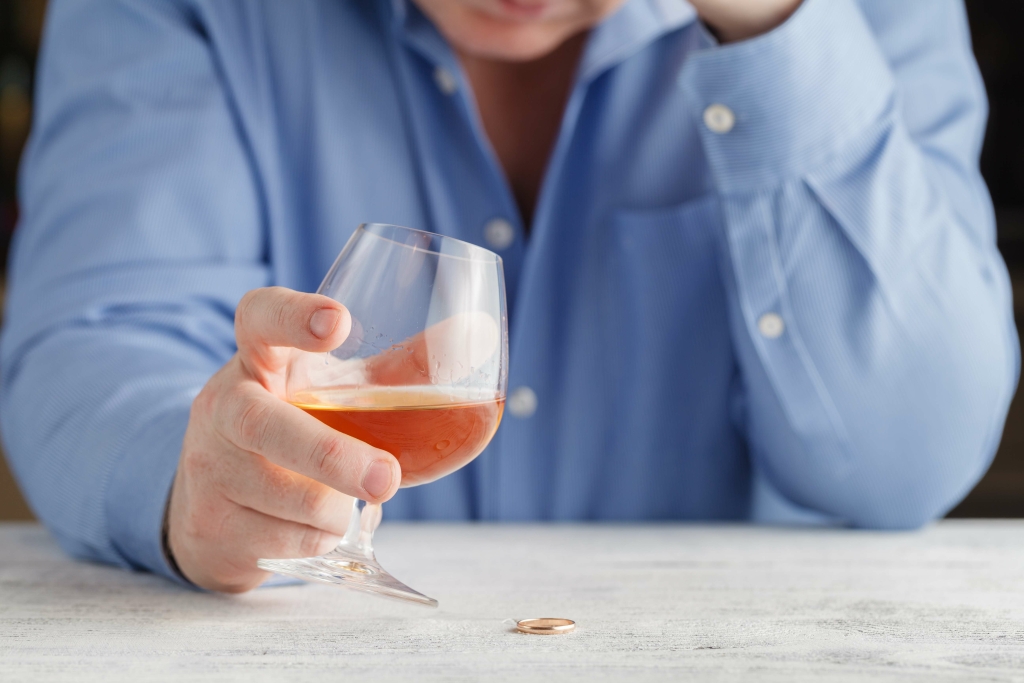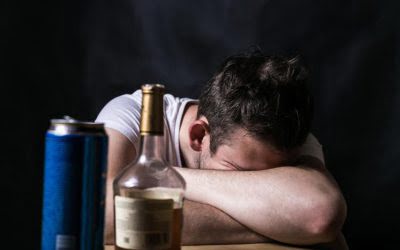A codependent individual may focus so heavily on the emotions and well-being of others that they lose sight of their own goals and feelings. Over time, this can lead to frustration, resentment, or emotional exhaustion. To those who have loved ones battling addiction, your support and understanding can make a world of difference.
Healthy Habits and Self-Care

If they use your object of addiction, ask them not to do so in front of you. If you buy drugs, you should consider telling your dealer that you are quitting; ask your dealer not to call you and not to sell you drugs anymore. Also, you might want to consider talking to your health care provider about the method of quitting that is how to break the addiction cycle best for you.
What Should Family Members Do if Their Loved One Refuses Help?
This can be a difficult thing for people who are addicts, and for those who love them. If we love them, we have to love them through their struggle. This type involves a constant need to care for others, often at the expense of personal well-being. The individual might be responsible for solving others’ problems or prioritizing their happiness, often at the expense of their own needs. In advanced stages, the imbalance becomes overwhelming, leaving the codependent person drained and disillusioned. Rescuers feel compelled to save others, often engaging in relationships where they fix or support someone struggling.

Substance Abuse Treatment Programs Help Break the Cycle of Addiction
That’s why we have a comprehensive set of treatment providers and don’t charge for inclusion. We do not and have never accepted fees for referring someone to a particular center. Providers who advertise with us must be verified by our Research Team and we clearly mark their status as advertisers. People in stage five may show signs of addiction in other areas of life, like having financial issues, losing their job, and having trouble with their relationships. Beginning her career as a freelance writer, Grace graduated summa cum laude from Arizona State University with a B.A.
- It’s a complex, chronic brain disorder characterized by compulsive drug seeking and use, despite harmful consequences.
- The loss of potential – what could have been if not for the addiction – is a tragedy that’s hard to quantify but deeply felt by those in recovery.
- As soon as another problem appears, the addiction cycle begins once again, getting worse each time.
- It’s a phase where the individual stops using the substance, leading to withdrawal symptoms as the body readjusts to functioning without it.
- As a result, addiction is, at its core, a desperate cry for acceptance and for love.
This phase is the most dangerous stage because, by now, the person with an addiction has lost all sense of responsibility and danger. The second stage transforms into the most dangerous third stage. The sex for an addict becomes nothing more than going around and around the stages of the sex cycle and repeating them to no end. It fuels depression, increases anxiety, and convinces people they’re unworthy of help. By cutting Drug rehabilitation back on unnecessary distractions, you can focus on calmer, healthier pursuits that promote balance.
Guide to the Steps and Principles of the 12-Step Recovery Program

You might notice your loved one going to bars more frequently or attending parties with drinking or drug use. As another example, maybe your spouse starts having a glass of wine every night after trying some at a restaurant. You may start to plan your day around substance use or start canceling plans that might keep you from it. After the first use, you may come back to the substance occasionally. These occasional uses can then become a regular part of your routine, like drinking every day after work instead of just during social events. If you’re a treatment provider and have a question, please reach out and someone from our Customer Success team will be in touch with you shortly.
Camelback Recovery
It doesn’t have to be perfect and you don’t need to worry whether you’re going to finish it on time, just begin. If you stress eat when you’re feeling down, look for better outlets to deal with your sadness (talk to a friend, spend time with your pet, journal how you feel, cry it out, etc). CBT can help you break this habit by changing your response to triggers.
Remind Yourself That You Don’t Have To Act On It
- Recognizing the emotional triggers behind addictive behaviors is crucial to interrupting the cycle.
- The brain serves as the biological substrate from which both addiction and your capacity for positive behavior change emerge, emphasizing why neurobiological treatments can be effective.
- Codependency and addiction often coexist, creating a dynamic that complicates recovery for both individuals involved.
- According to this study, missing one opportunity to practice the behavior did not derail the habit-forming process.
This might involve continuing to attend support group meetings, regular check-ins with a therapist, and constantly working on personal growth and self-improvement. When it comes to addiction within families, the first step is to recognize the dysfunction. Without this, recovery for anyone in the family becomes more difficult because they continue to not take ownership for their actions and the impacts that addiction has on the family. When it comes to addiction, unhealthy family roles develop and codependency sets in, creating even more dysfunction. The cheating, creating new sexual fantasies, is what makes the sexual game more exciting.
How the Cycle of Addiction Starts
This stage is also marked by defensiveness and justification of addictive behavior. Some people remain in this phase because they don’t have sufficient information about addictive behavior. The frustration from several failed attempts at quitting can also make a person believe recovery is impossible, keeping them stuck in this stage.
